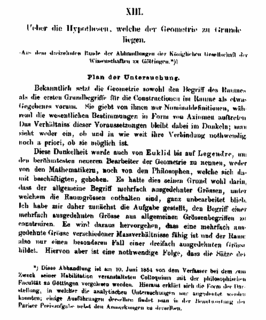I was looking for a moon phase site for a reason and I'll let you know why in a minute here. If you have ever felt the inadequacy of being able to answer such simple questions, I quickly realize how such simple points forced me to go back and understand exactly what the answer must be. This has a way of waking one up to the wonder of all that can be read. All that one might have gained from such research, to realize, how much more there will always be to learn.

My wife, my grandkid's Granmma and I, were making a memory last night before they leave this morning to go home. Now I should say, the night previous to this, our telescopes were set up, for my grandson, from earlier that day had told me what he wanted to spend his allowance on. So we made that trip to do his purchase.
That night we waited for the night sky to come. Being so young, he became tired quickly, and soon fell asleep. There in the north-north east the moon arose, and with it, it''s phase from the 23 of August. Waking our grandson as gently as we could, we asked if he wanted to see the moon. Sleep was stronger then his wonder, I'm afraid.
This is why last night, and with the help of my good wife, we again set up for the moon to arise. This is of course when all the questions about earth, the sun, the moon and so many bombarded Grandpa's intellect for such simple answers. "Why does the earth spin, Grandpa." The quick realization comes for responsible answers. Where shall I find these all these trusty answers?
So as the moon started to rise on the horizon, our kitchen being dark, here shone this computer screen set up for every question, as we punched up google for all these wonders of wonders. "Why do we see the moon, Grandpa?" "Why does the moon stay so close to the earth Grandpa?" It is aversion of, "are we there yet" that Granma quickly saids, "listen Grandpa to what they are saying."
As I sit this morning, it is not to strange that many will sit as grandparents for the generation much younger. Grandparents /Teachers, who will watch education move these younger minds to ask so many questions, and the better educated they become the more difficult these answers.
So I rushed quickly this morning to write about my grandchildren, for it was a wonderful sight to see each of them gaze upon the moons surface. Gain a little knowledge about how long it would take us to get there. How much the moon weights, and on and on.
I too also realized, that as a child of the wonder of it all, that I will also need a grandparent to answer such simple questions. So it would be with such patience and clarity, that such answers can be given in the hopes that as chldren, we will be quietly nudged from those ahead of us, in age and education, that such patience shall rule the day, as it must for the quiet and absorbed mind of a child that askes.
This I learnt last night, and how wonderful to see such participaton and questions. Such "tolerance" from those who blog. To set aside and be examples, for those in general, will reach out to try and touch that understanding they have.






